WHAT ARE “ANCIENT GRAINS”?
Technically, “ancient grains” are without definition. But, the Whole Grains Council tells us that these grains are typically identified as grains that have remained unchanged over the last 100 years. Unchanged? Yes — either through genetic modifications or bred for best practices and yields — many of our grains have been changed in the lifetimes of our recent ancestors. Whole wheat is a great example of a grain that has been bred and changed with time. It’s not ancient. But, emmer/farro, einkorn, spelt and kamut are all grains in the wheat family that are considered ancient because they have not been changed with modern growing practices.
ARE ANCIENT GRAINS HEALTHIER?
Ancient grains are certainly more healthful than refined or processed grains, but grains don’t have to be “ancient” to be healthful. Whole grains such as brown rice, oats and popcorn are all exceptionally nutritious, and sometimes are easier to cultivate, easier to locate and less expensive than more exotic grains.
WHAT ARE THE OTHER BENEFITS OF CONSUMING ANCIENT GRAINS?
Ancient grains tend to thrive in agricultural environments that are low or free of pesticides, fertilizers and irrigation, making them a great choice for those looking to minimize their carbon footprint and consume as few non-food ingredients as possible.
Additionally, varying your grain intake means you make a full spectrum of nutrients available to your body. Not all grains are created equally; teff for example has a high calcium content, while barley is high in soluble fiber. Variety is the spice (and the source) of life.
WHAT GRAINS ARE CONSIDERED ANCIENT?
Here are a few easy-to-make grains that are fun and flavorful to incorporate into your meals instead of pasta, rice or bread:
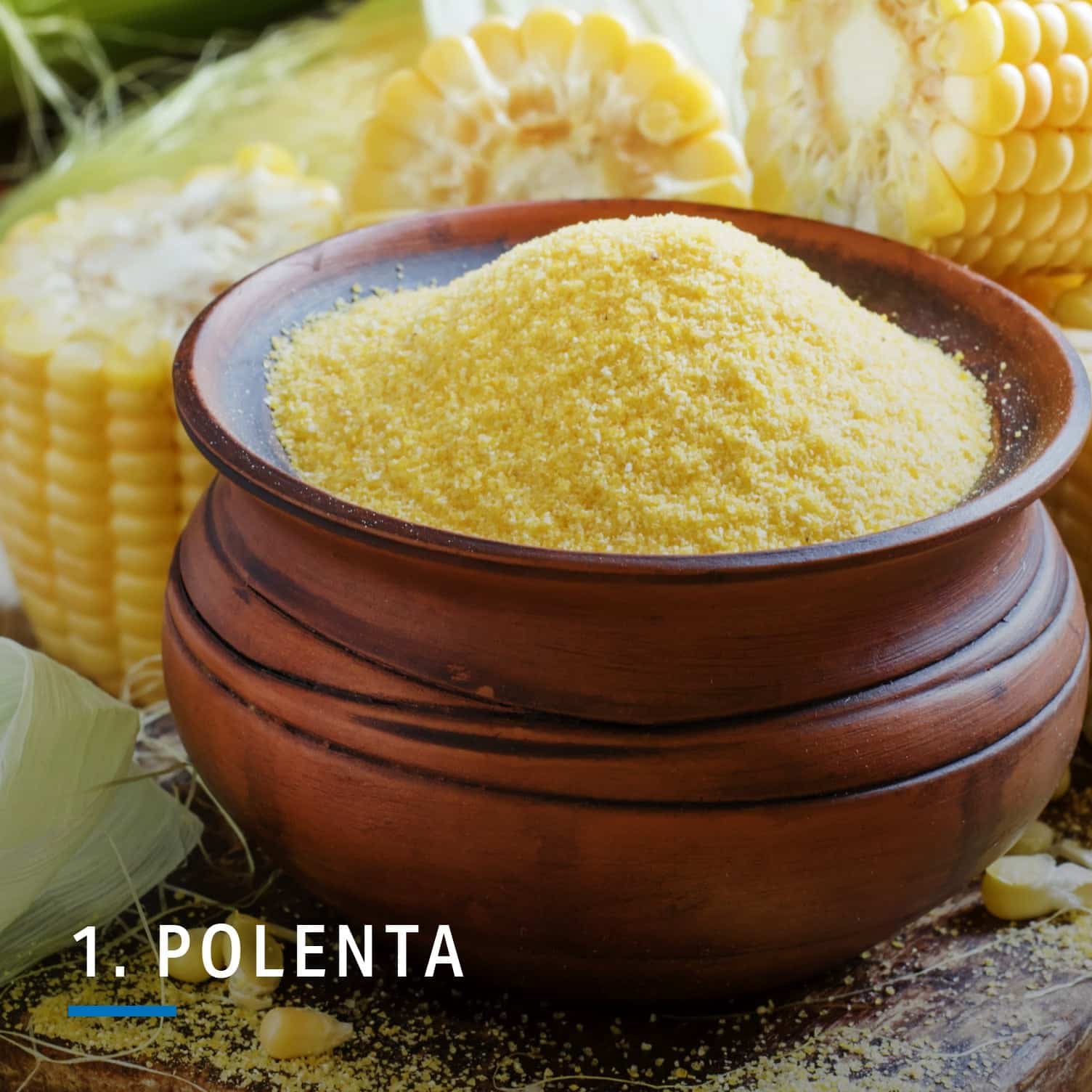
Made from ground yellow or white corn that has had the germ removed, polenta is a staple in Northern Italian cooking. It’s gluten free, protein rich (more than a large egg per serving!) and an excellent complex carbohydrate. It’s a great alternative to bread and pasta and can be used in place of your favorite hot cereal or rice. High in vitamins A and C, it also contains high amounts of trace minerals. Bake it, boil it (like you would oatmeal) or grill it up.
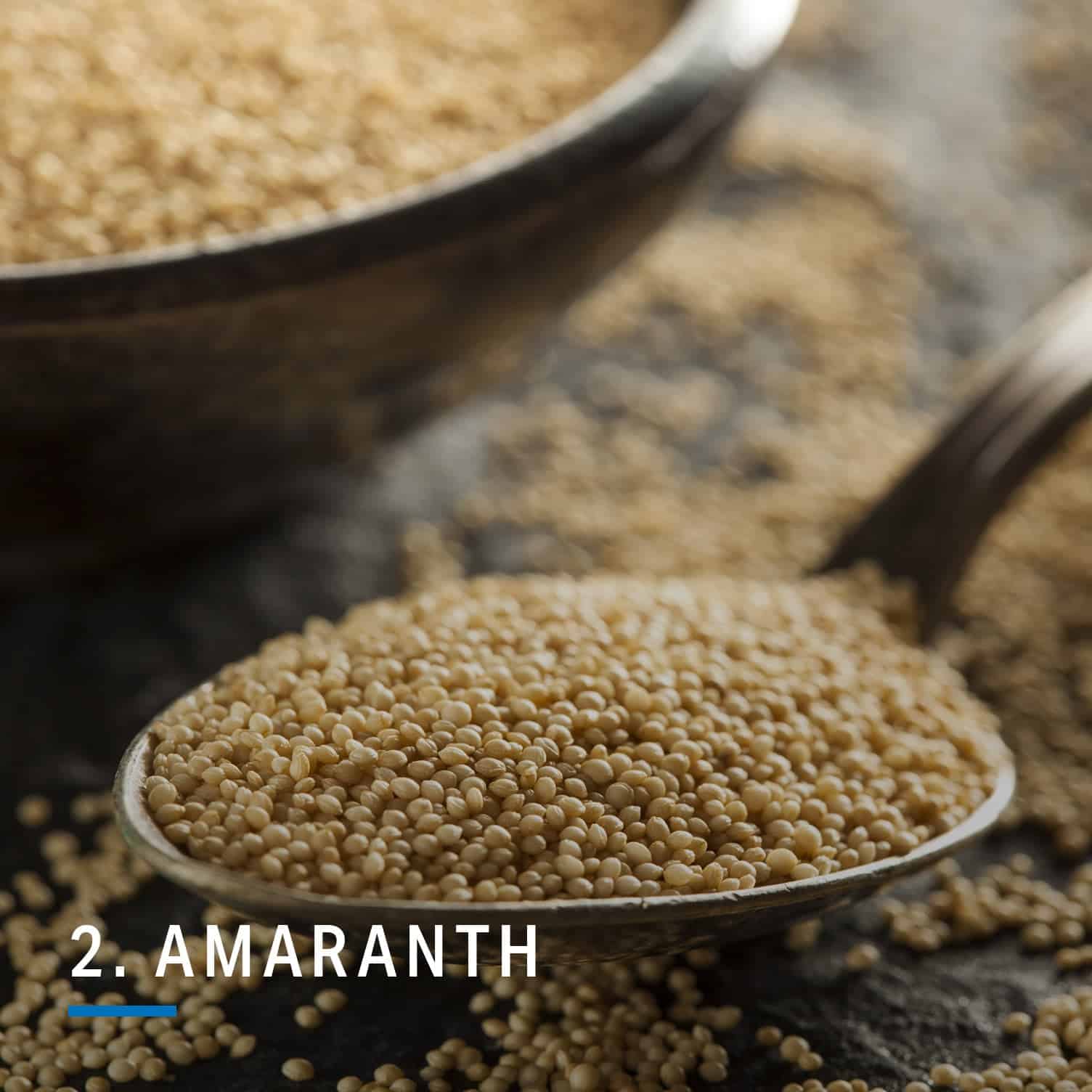
One of the world’s oldest grains, amaranth is a South American grain frequently used in place of rice. It’s gluten and wheat free and high in protein that helps build brain cells. A single serving of amaranth contains nearly 42% of your daily recommended iron and is high in calcium and vitamin C. Cook amaranth in water or broth, then toss it with vegetables for dinner or with maple syrup for breakfast; it’s malty, nutty flavor is great just about any time of day — and, once cooked, it bakes beautifully into pancakes, muffins and pastries!
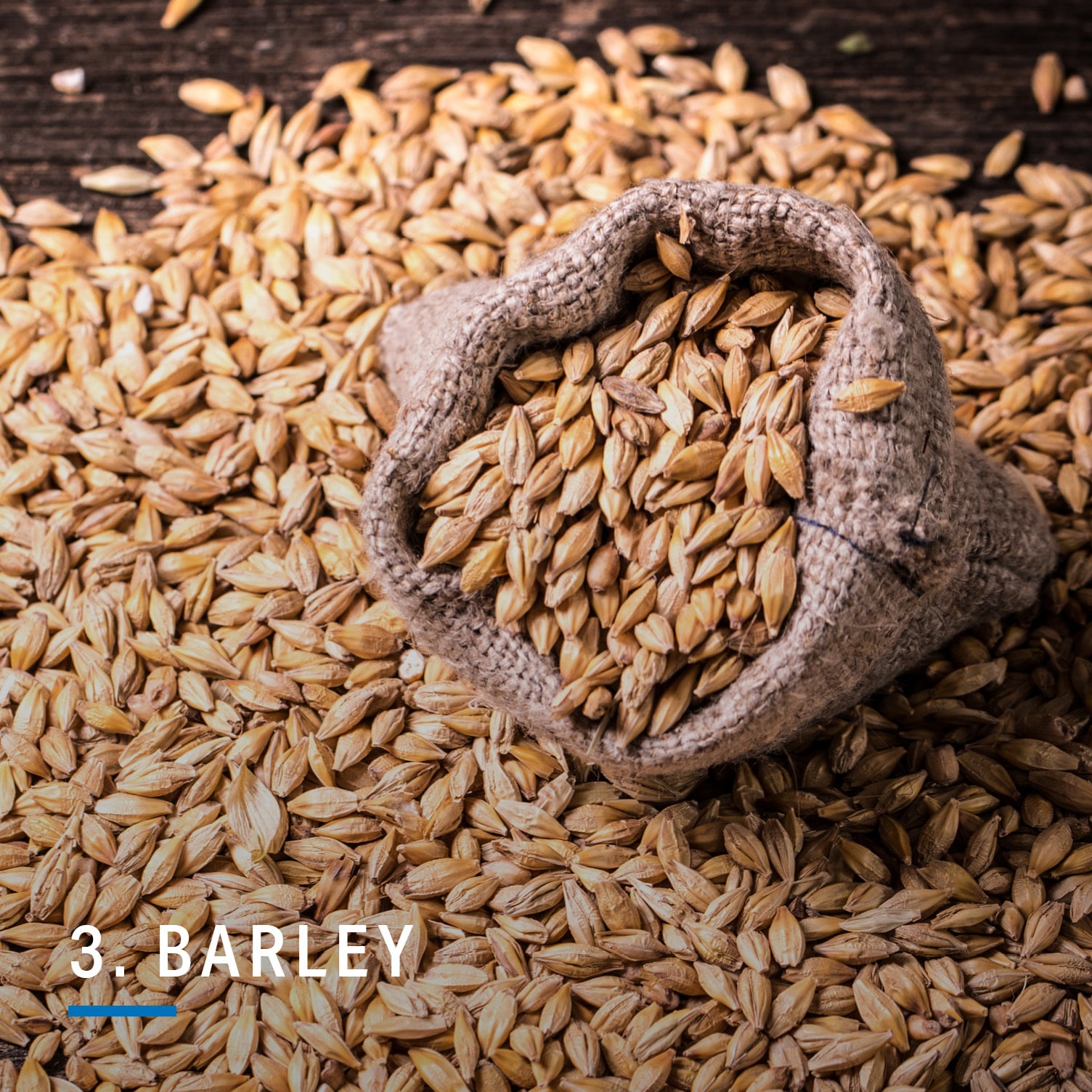
Barley is a rich, bulky grain originally from Ethiopia and Southwest Asia. A nutrient-dense food, barley is high in fiber, B vitamins, iron, copper, manganese and selenium. This blend of nutrients has been linked to increased immunity and a more efficient metabolism. Barley is also low in calories and not as starchy as pasta and rice. Before cooking, always rinse barley thoroughly and use 3 cups of water for every cup of barley. Use barley flour to make breads, muffins and cookies. Stir-fry barley with vegetables or blend it stews and soups.
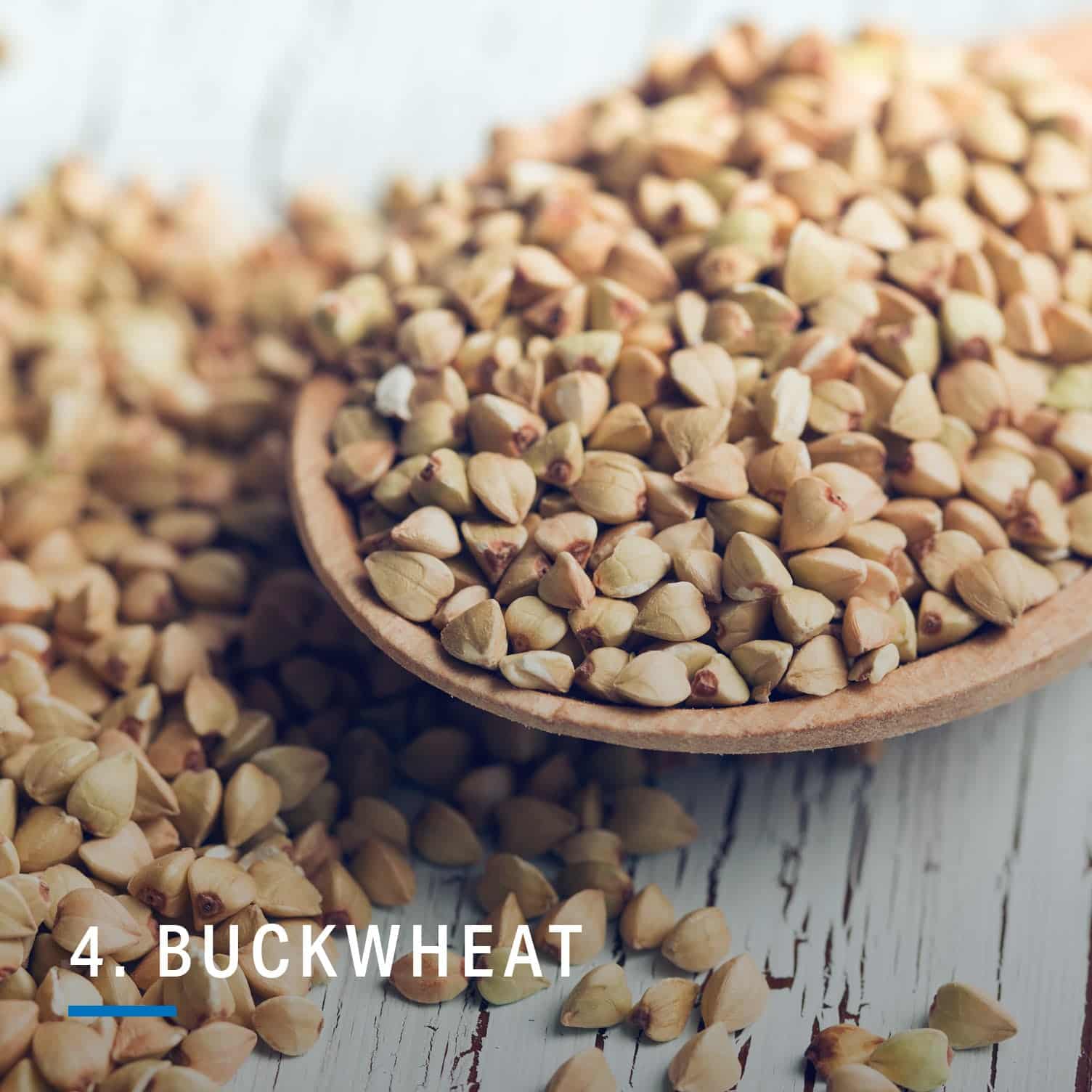
You know buckwheat from pancakes, but did you know that cooked buckwheat groats (also called kasha) are great additions to salads, side dishes or to be enjoyed as a hot breakfast alternative with fruit and honey? Buckwheat is high in niacin, vitamin B6, magnesium and also copper and phosphorus making it one of the most mineral-rich ancient whole grains. It also is a complete protein — much like quinoa, meat, eggs, dairy and soy, which is helpful in muscle building and nutritional assimilation, and is a wonderful addition to diets for those who don’t eat animal products.
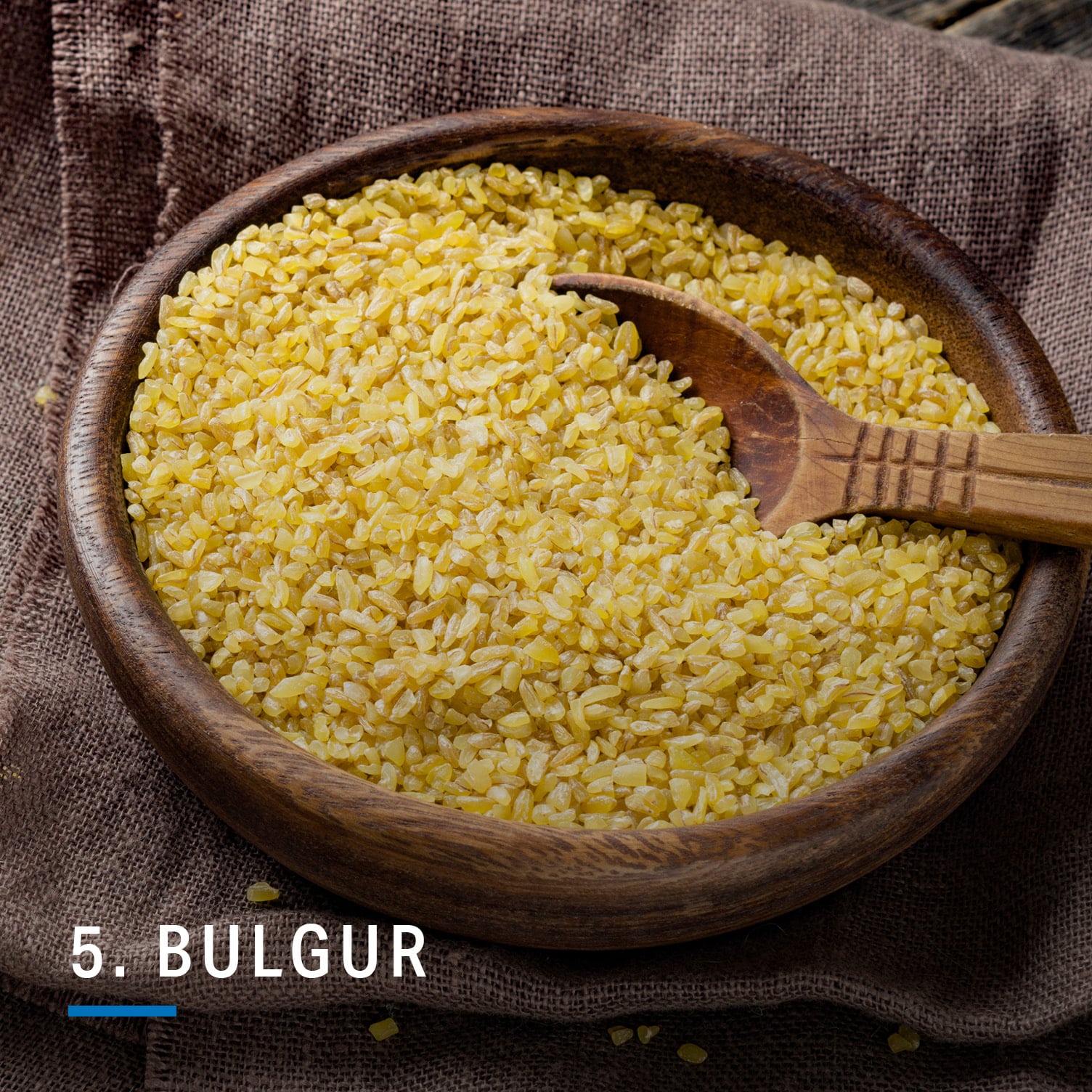
Bulgur is often found in Middle Eastern cuisines and is a great alternative to rice or couscous. It’s made from hard red wheat (or sometimes softer, white wheat.) Bulgur is high in fiber, and contains some 26% of your recommended daily needs of niacin, 14% of iron and 17% of vitamin B6. It’s quick to cook and delicious blended with nuts or sauteéd veggies to make an easy side dish. Bulgur also goes well with other grains in a medley — try cooking it with quinoa or wheat berries for some flavor and texture contrasts.
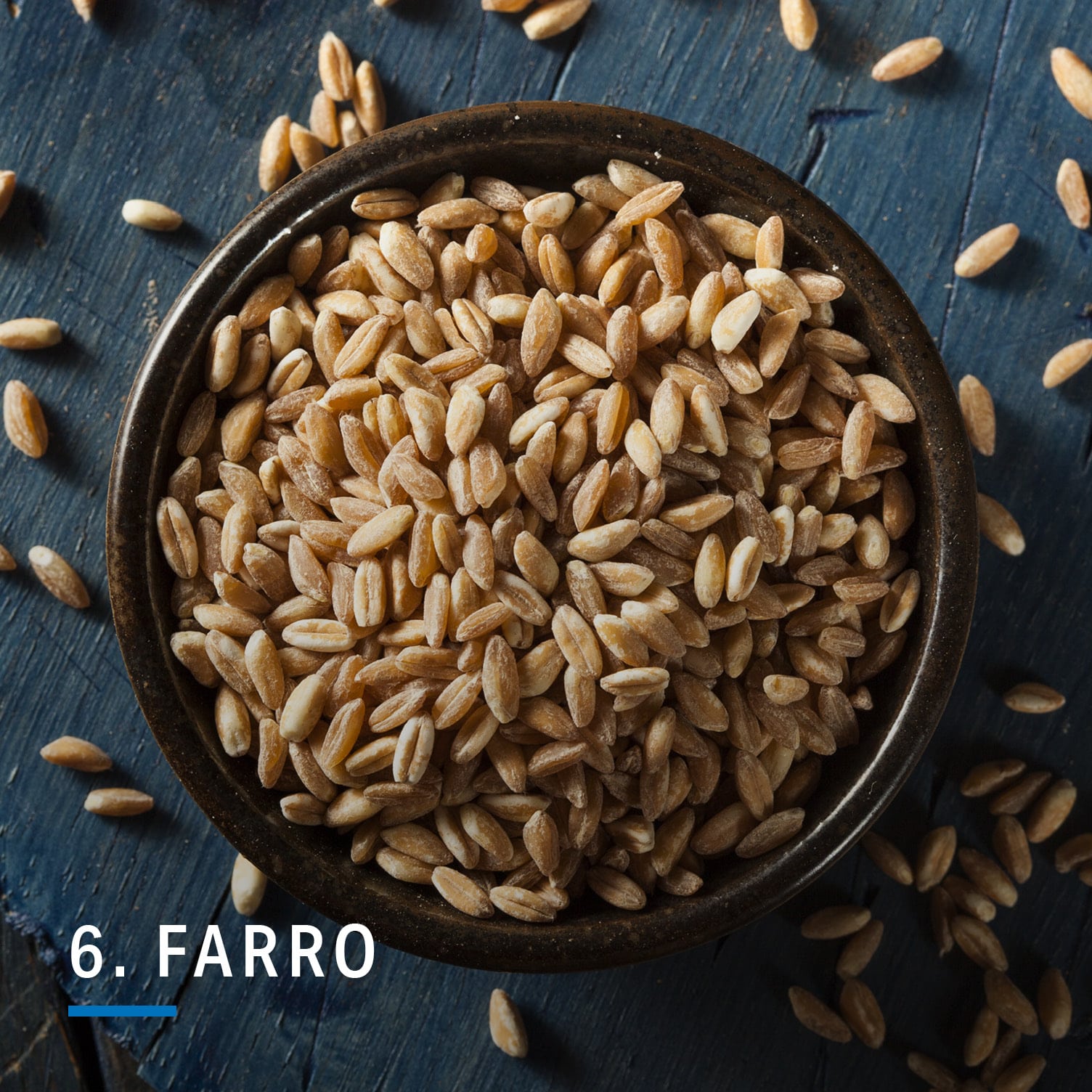
Farro, also often referred to as emmer, was one of the first wheat grains cultivated in the Fertile Crescent thousands of years ago, and was used in ancient Egyptian bread making. Rich in fiber and protein, it provides high amounts of trace minerals your body needs for cellular function. Today, it’s commonly used in Italy in soups, pastas, risottos and salads, but can also be used to make bread and pastries.
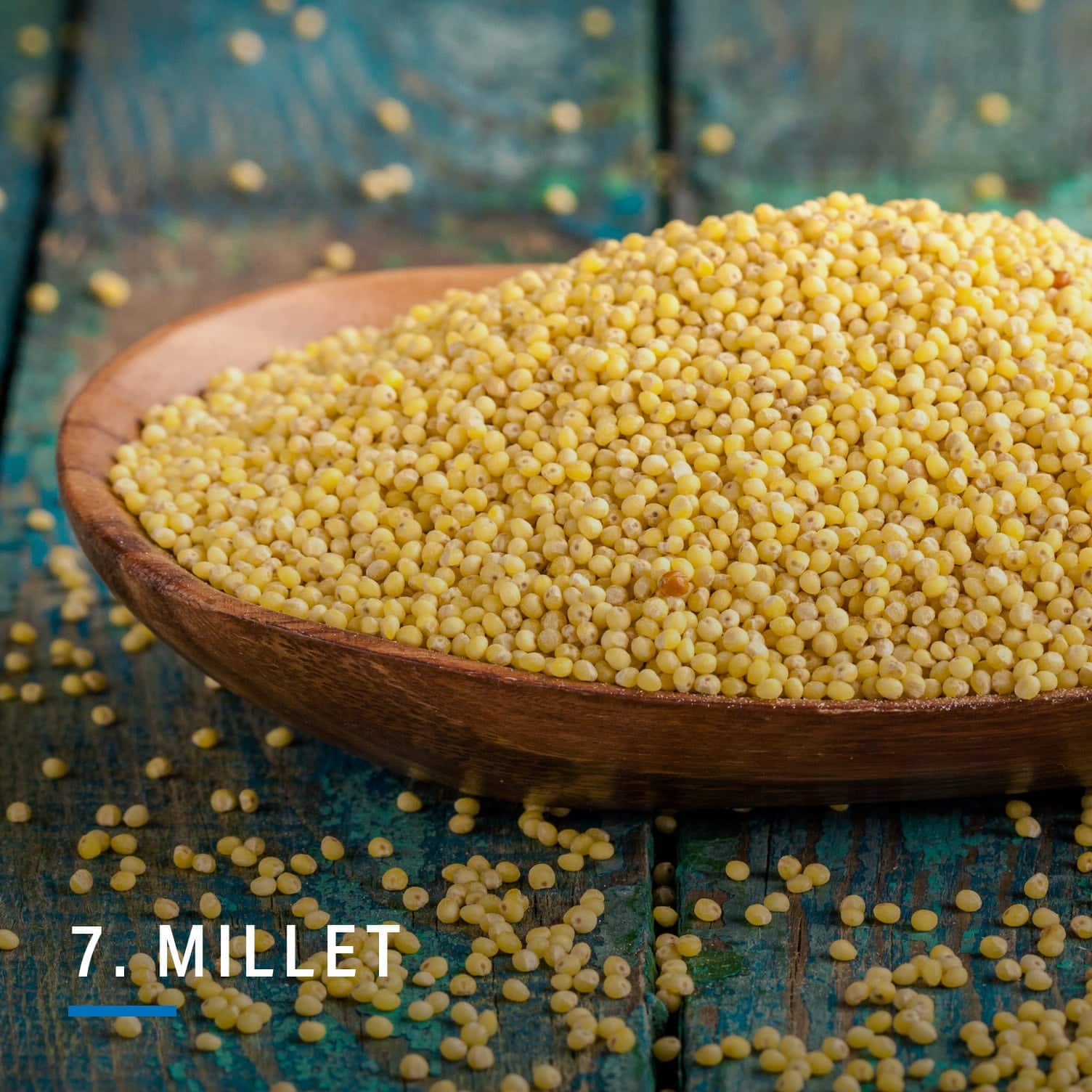
Millet is a staple grain in many Asian and African countries but translates well to any kitchen. Low in calories, millet is a good source of protein and fiber and is gluten free making it a nice substitute for rice or pasta. Ground into flour, millet is excellent added to muffins, quick breads, pancakes or anywhere a protein-rich flour may be desired.

Found in the Andes Mountains of Bolivia, Chile and Peru, quinoa means “mother grain” in Inca. Quinoa is a complete protein, meaning it has all nine essential amino acids, which have been shown to boost immunity, improve muscle quality and regulate hormone production. It’s also a great source of high-quality protein (8 grams per serving), fiber, riboflavin, thiamin and niacin, which help your body metabolize energy. Quinoa provides 20% of the iron and phosphorus you require every day, along with 9% of potassium and 2% of calcium. A versatile, delicious grain, quinoa can easily substitute for rice and couscous in recipes or serve it with fresh veggies.
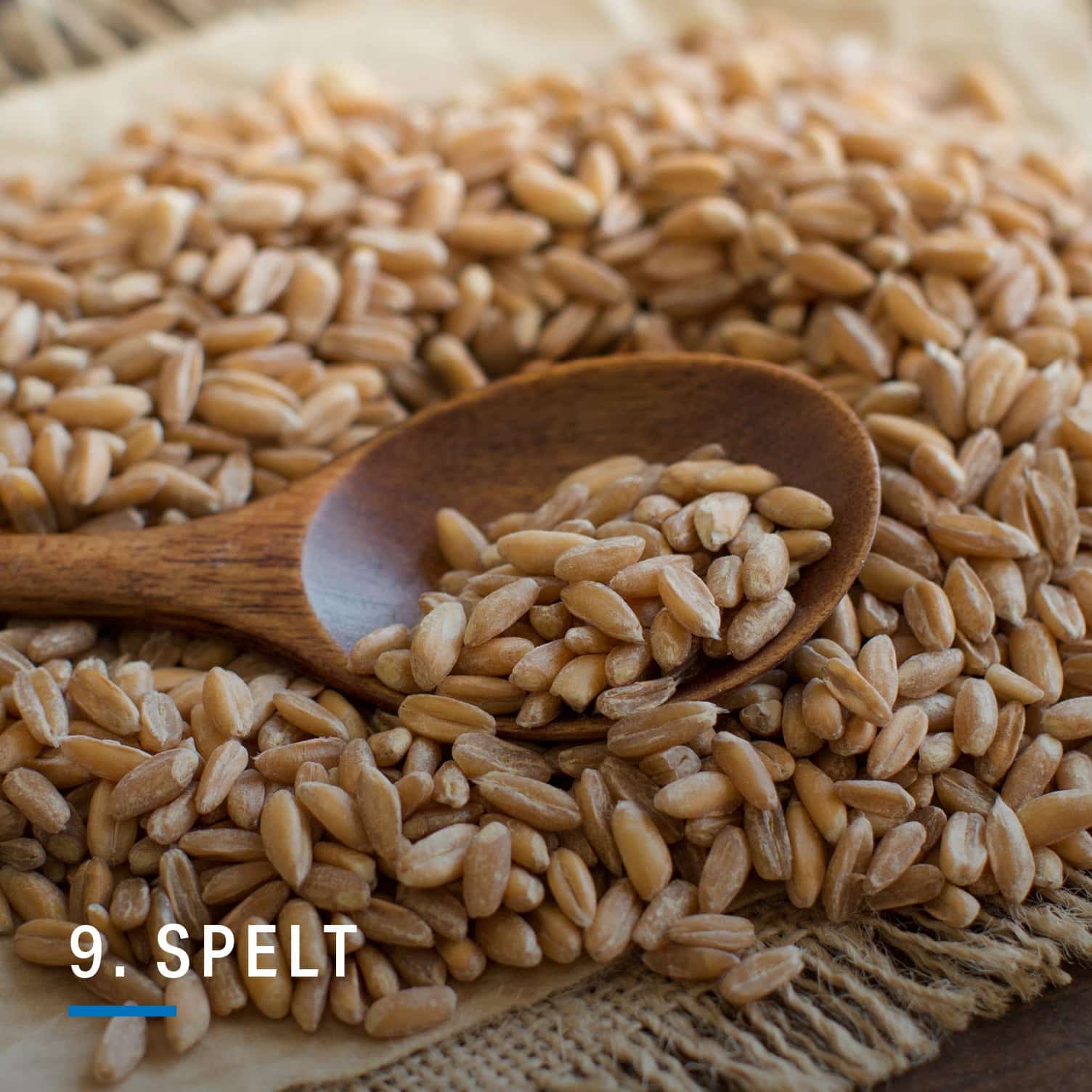
Spelt is part of the wheat family, but many people with wheat intolerances are able to eat spelt which is high in fiber, protein and has reasonable amounts of magnesium, zinc and iron which help your body to mineralize and complete basic cellular functions. An ancient grain that was commonly eaten in medieval times, spelt berries (or the whole grains) are an excellent replacement for rice or pasta, as a hot cereal alternative and the flour is lovely in muffins, waffles, pancakes and breads.

Wheat berries are the entire kernel of wheat, including the bran, endosperm and germ. Following rice and corn, wheat berries are the third most prolific crop grown worldwide and a healthy source of carbohydrates and nutrients, seeing that the entire grain is intact. High in fiber, protein and containing a variety of nutrients including vitamin E, calcium, B vitamins, folate and potassium, they’re an exceptional substitute for pasta, rice or other grains and a great addition to salads or side dishes. Like many of the grains listed here, they’re a toothsome alternative to oatmeal.
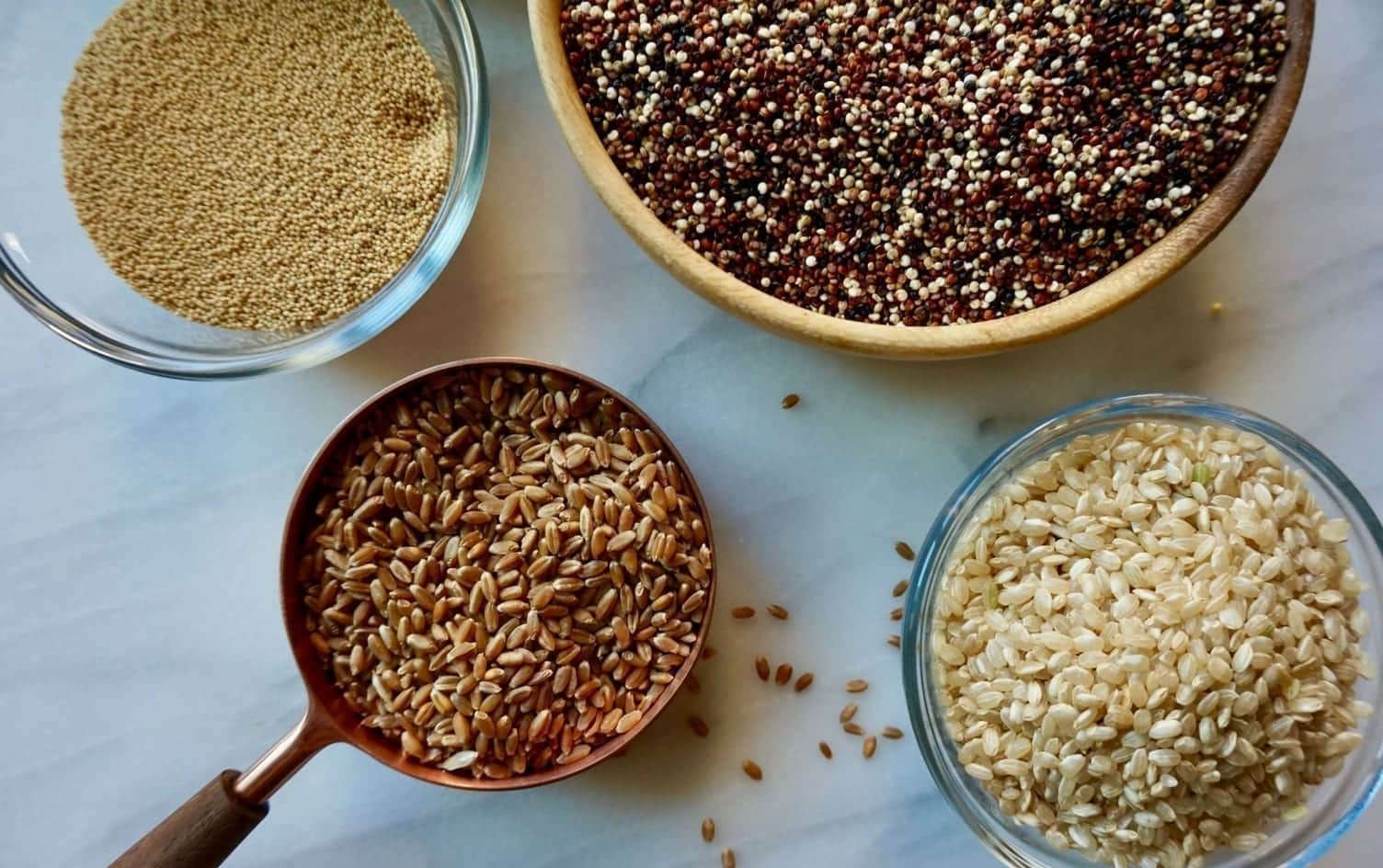




2 Responses
What an informational blog you have shared! The blog really contain a bunch of information about the ancient grains that really contains useful nutrients. Thanks for sharing this valuable post.
Great information, you mentioned teff and it’s high calcium content ( it’s also gluten free) , having lived in Ethiopia for a few years , teff is one of my favorite grains to cook with !! thanks again for sharing this informative article